In conventional cosmetics product sector, millions of products wrapped in plastic, glass, and metal are produced, creating an enormous amount of packaging material that end up in landfills and the ocean each year. Thus, in that section, the environmental risks associated with conventional cosmetics packaging will be examined, and the significance of switching to more environmentally friendly methods will be explored.
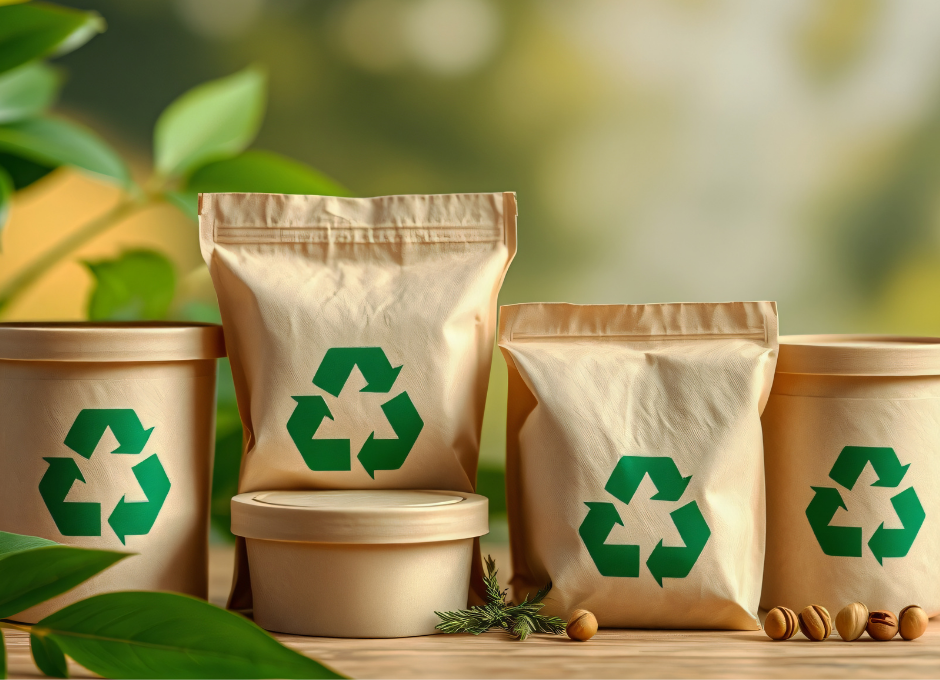
The issues with conventional packaging in cosmetics are:
Generation of waste: The cosmetics industry, each year creates 120 billion tonnes of packaging material, which is not recyclable, and ends up in the landfills or the ocean debris. Pollution: Single-use plastics are used extensively in the packaging of cosmetics, and they can take over 500 years to break down. When plastic packaging ends up in the water, it not only adds to the volume of waste in landfills but also endangers marine life.
Carbon Emissions: Carbon emissions from the production and transportation of packaging material are substantial. The extraction of raw materials and product disposal contribute to global greenhouse gas emissions in the cosmetics industry.
According to a research by the Ellen MacArthur Foundation, there may be more plastic in the oceans by weight by 2050 than fish. This concerning figure highlights how urgently the cosmetics sector has to reconsider its packaging decisions.
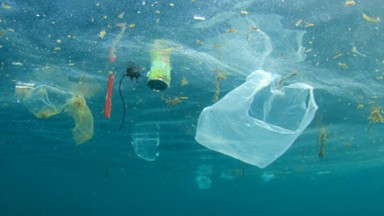
Given that, the awareness of consumers in the carbon emissions of a product and a brand is increasingly growing. Therefore, for brands and businesses operating in the beauty sector, especially in the handmade cosmetics sector, environmentally friendly and sustainable packaging has become a must, rather than an option. In line with that, understanding the concept of sustainable packaging bears an utmost importance.
In the cosmetics business, switching to sustainable packaging is becoming more and more expected by consumers as well as environmentally necessities and obligations. This section delves into the fundamentals, advantages, and practical uses of sustainable packaging, providing a thorough framework for reconsidering conventional packaging techniques.
Sustainability packaging is a multifaceted approach that includes using materials and methods that, along the course of the packaging’s manufacture, use, disposal, and recycling, have as little negative influence on the environment as possible. Sustainable packaging is also an indispensable part of circular economy which emphasizes maximizing resource value extraction during use, reusing and recycling items and materials at the end of their useful lives, and extending the life of resources.
Below are the main principles of sustainable packaging:
Reducing the sources used: Minimizing the quantity of materials used in packing in order to reduce waste and its impact on the environment. This entails creating packaging that uses materials, weight, and size as efficiently as possible.

Energy Efficiency: By employing energy-efficient manufacturing techniques and giving priority to renewable energy sources, the carbon footprint linked to the manufacture of packaging can be decreased.
Material Health: Selecting materials that, from production to disposal, are safe for people and the environment and do not contain any harmful substances.
By employing the principles of sustainable packaging, the businesses will be reducing waste, thus lowering their emissions and conserving the existing resources. Thus, contributing to the efforts to combat the effects of climate change and environmental pollution. In addition, as consumers are being more and more aware on environmental issues, they look for brands that align with the environmentally friendly values. Investing in sustainable packaging will help brands build loyalty in their customers and attract new ones. Also, the sustainable packaging concept helps businesses with cutting out on long-term costs, optimizing the use of materials and sources, along with easier adoption of regulations on waste management and disposal fees.

When applying sustainable packaging principles into products, it is also important to take into account the innovation in the materials used. The recent developments in that field are:
Biodegradable and Compostable Plastics: These materials present an alternative for conventional plastics since they decompose into natural elements under certain conditions. For instance, PLA (polylactic acid), which is both compostable and biodegradable, is produced from fermented plant starch, typically corn.
Recycled Materials: Packaging made with recycled materials improves the recyclables market while lowering the need for virgin resources. Sustainable packaging frequently uses glass, paper, and post-consumer recycled (PCR) plastics.
Plant Based Packaging: New developments in plant-based materials, like cellulose, seaweed, and mushroom mycelium, provide biodegradable, renewable substitutes for a range of packaging applications in the cosmetics sector.

After choosing the sustainable material for your product, the next step is defining your design strategy. A lifecycle assessment (LCA) is the first step in a complex strategy required to implement sustainable packaging methods. Businesses can obtain a thorough grasp of the environmental effects of their packaging choices over the course of their whole lifecycle—from the extraction of raw materials to the packaging’s disposal—by doing a lifecycle assessment (LCA).
Eco-design, which incorporates sustainability into the packaging design phase to guarantee that the finished product is not only useful and aesthetically pleasing but also environmentally responsible, is another important strategy to follow. To improve recyclability, this entails implementing concepts like modularity, simplicity in disassembly, and the least amount of mixed materials.
Stakeholder involvement is also essential to the smooth transition to sustainable packaging. A comprehensive approach to sustainability could be ensured by working together with a wide range of stakeholders, such as manufacturers, suppliers, consumers, and waste management organizations.
The cosmetics sector has a significant chance to reduce its environmental impact, satisfy customer demand for eco-friendly products, and contribute to a more sustainable future through the use of sustainable packaging. Businesses can make choices that meet both customer expectations and their sustainability goals by having a thorough awareness of the tenets, advantages, and difficulties of sustainable packaging.
In the cosmetics business, sustainable materials serve as the foundation for environmentally responsible packaging solutions. This section, we will examine a variety of sustainable materials, including their characteristics, uses, and advantages for the environment.
Biodegradable Plastics: As mentioned earlier, biodegradable plastics offer businesses and customers an environmentally friendly packaging materials which decompose in the environment in certain conditions, with reduced harm and pollution compared to other materials. Examples include PLA (Polylactic Acid), PHA (Polyhydroxyalkanoates), and PBS (Polybutylene Succinate).
These materials are utilized for creating wrapping films, bottles, and containers. They work especially well with products that are advertised as zero-waste or have a limited shelf life.
Bamboo: Bamboo grows quickly and can regenerate itself after being cut, making it a highly sustainable material. It is an environmentally beneficial choice because it doesn’t require pesticides or fertilizers. Additionally, bamboo is utilized to make sturdy products like jars, tubes, and small cases. Its organic style appeals to companies trying to project an eco-conscious image.

Mushroom Packaging: Manufactured from mycelium, the root structure of mushrooms, this material is grown within molds to conform to precise dimensions and forms. It generates very little trash for the environment and is compostable. Because mushroom packaging offers safe, shock-absorbent qualities perfect for sensitive products, it also has advantages for cosmetics packaging. Its distinct look and feel can further emphasize the uniqueness of the company.

Recycled Materials: Post-consumer recycled (PCR) materials, or recycled materials, such as paper, glass, and plastics, enhance recycling processes and lessen the need for virgin resources. However, recycled materials can vary in quality, though the advancements in sorting and processing technologies have improved their viability for high-quality packaging solutions.
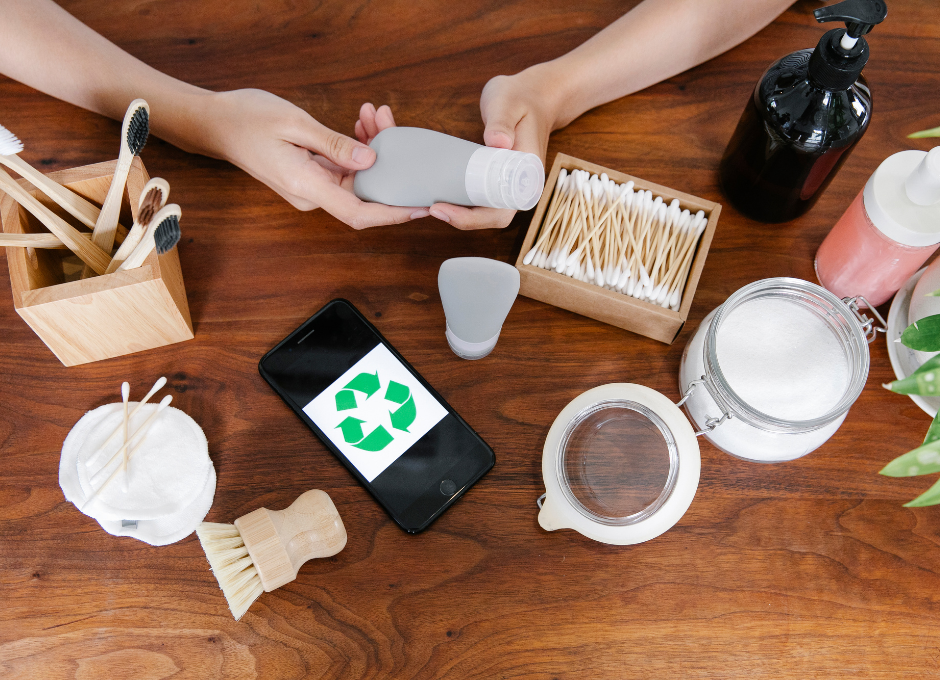
Emerging Sustainable Materials: The use of algae as a raw material for bioplastics is being researched. Additionally, biodegradable and sustainable packaging choices are made possible by developments in cellulose derivatives, such as liquid wood and cellophane.
2.3 Evaluating Material Sustainability
Choosing the right packaging materials is essential for the cosmetics industry’s aim of sustainability. A thorough understanding of each material’s environmental impact across its whole lifecycle is necessary for this selection procedure. In-depth discussion of the methods and standards needed to evaluate the sustainability of packaging materials is provided in this session, which offers the background knowledge required to make wise, environmentally responsible decisions.
A key technique for assessing the environmental effects of packaging materials over the course of their whole existence is life cycle assessment, or LCA. LCA measures the ecological footprint of materials in terms of carbon emissions, water use, and waste creation, starting with raw material extraction and continuing through manufacture, usage, and eventual disposal or recycling. With the help of this comprehensive examination, businesses can identify the most ecologically friendly solutions for their packaging requirements and make sure their decisions are supported by hard evidence.
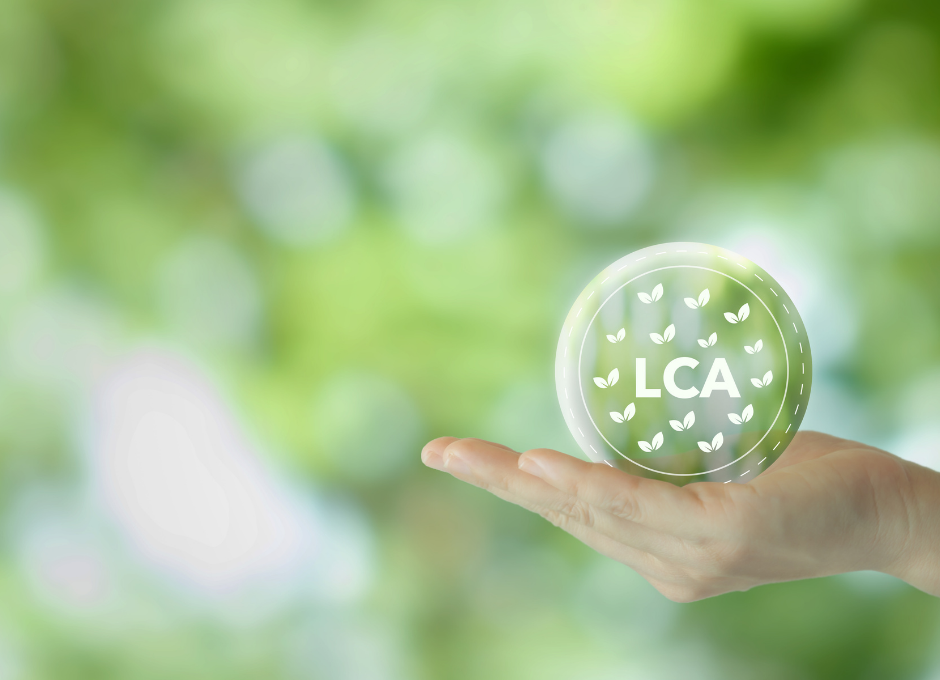
A packaging material’s complete lifecycle greenhouse gas emissions are included in its carbon footprint, which is usually stated in equivalent tons of CO2. The carbon footprint of a material provides information about its environmental impact and helps businesses make decisions that reduce global warming. Packaging can be made considerably less harmful to the environment by choosing materials with lower carbon footprints, or those made from renewable resources or needing less energy to produce.

When assessing materials for sustainability, a few crucial factors stand out as being extremely important. A material’s renewability determines how easily it may be refilled or derived from resources that are handled responsibly, guaranteeing its long-term viability. Criteria for compostability and biodegradability evaluate a material’s ability to break down organically and release nutrients into the soil without leaving behind hazardous residues. The last factor, recyclability, emphasizes the value of the current recycling infrastructure and consumer demand for recycled materials by taking into account how easily materials may be reprocessed into new goods.
A number of techniques and resources are available to help with the evaluation of the sustainability of packaging materials. Certifications like ENERGY STAR, Green Seal, and EPEAT set environmental performance standards and assist businesses in identifying goods that satisfy strict ecological requirements. The COMPASS tool from the Sustainable Packaging Coalition provides focused lifespan and environmental impact evaluations specifically designed for packaging decisions, enabling companies to make decisions that support sustainability objectives.

In this part, we addressed the serious environmental issues that standard cosmetics packaging presents in our investigation of sustainable packaging solutions, emphasizing the need for a move toward more environmentally friendly options. The cosmetics industry’s dependence on non-recyclable materials worsens pollution and carbon emissions in addition to adding to the rising issue of ocean and landfill waste. The alarming state of affairs, as demonstrated by the prediction that by 2050 there will be more plastic in the oceans by weight than fish, emphasizes how urgently the beauty industry—particularly the handmade cosmetics industry—must embrace sustainable packaging as a standard procedure rather than a luxury.
Examining the fundamentals of environmentally friendly packaging, we outlined a thorough framework that places the least amount of influence on the environment at every stage of the packaging material’s life. With a focus on resource efficiency, energy-efficient manufacturing techniques, environmentally safe material selection, packaging recyclability, and human and environmental safety, our goal was to provide businesses with the information they needed to make decisions that would benefit the environment. This strategy responds to the pressing need to cut emissions and waste while simultaneously satisfying consumer demand for businesses that uphold their environmental stewardship principles.
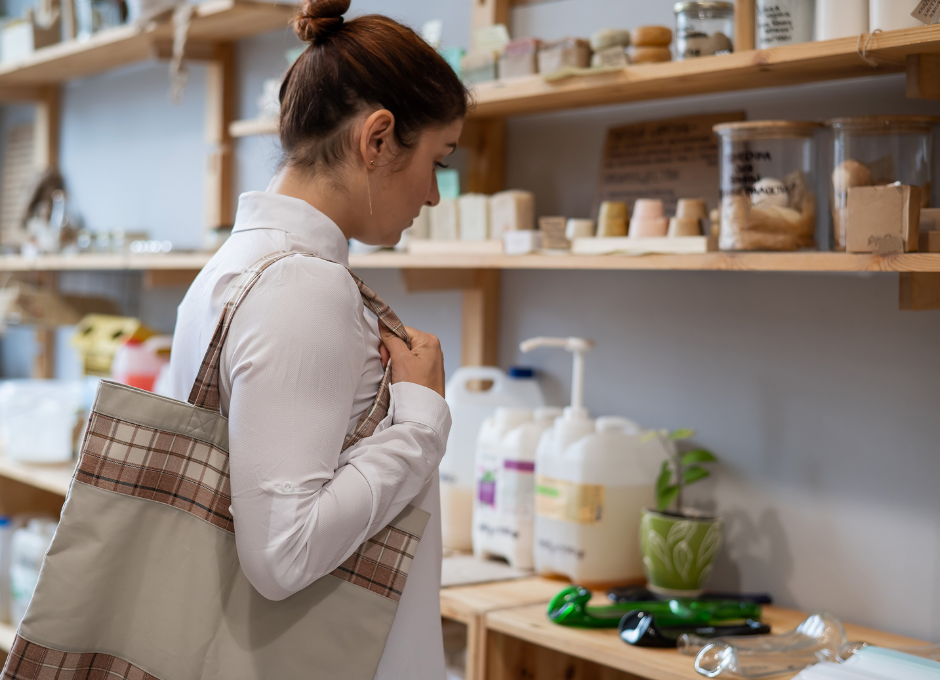
We highlighted a variety of environmentally friendly solutions, including bamboo, biodegradable plastics, recycled materials, and mushroom packaging, in our in-depth analysis of sustainable materials, emphasizing their advantages and applications in the cosmetics sector. These materials are at the forefront of environmentally friendly packaging options; they range from quickly renewable resources to cutting-edge materials like
bioplastics made from algae. They reduce packaging’s environmental impact while simultaneously satisfying consumers’ growing demand for goods that improve the state of the environment. Businesses may reduce their environmental effect and strengthen their relationships with customers by adopting these sustainable practices, which will ultimately help the cosmetics sector have a more sustainable future.
Tips & Tricks

Biodegradable and compostable materials: Opt for naturally decomposing materials such as PLA (polylactic acid), mushroom packaging, or other compostable options that will appeal to environmentally aware customers and drastically reduce your influence on the environment.
Use Recycled and recyclable materials: Reduce the need for virgin resources in your packaging by using post-consumer recycled (PCR) materials. Make sure your packaging is readily recyclable to encourage customers to dispose of their waste sustainably.
Explore the value of bamboo and others: Bamboo and related materials are a sustainable option due to their rapid development and low environmental impact. Customers shopping for eco-friendly items are also drawn to their natural beauty.
Life-Cycle impact assessment: To completely comprehend the environmental impact of your packaging decisions, perform a Life Cycle Assessment (LCA). By taking a thorough approach, you can make sure that your packaging solutions are genuinely sustainable and pinpoint areas for improvement. Try to reduce the harmful impact of your product and showcase the positive results on your packaging.

Reusability: Design packaging with a goal of making it both recyclable and reusable. Take into account designs or refill systems that motivate customers to reuse the packaging, prolonging its life and cutting down on waste.
Educate your consumers: Make use of your packaging as a means of educating and informing customers about sustainability. Provide instructions on how to properly recycle or compost the packaging and emphasize how environmentally conscious your company is.
Optimizing the production process: When it comes to packaging design, minimize the amount of materials used and emphasize efficiency and minimalism. This can result in material and delivery cost reductions in addition to reducing the impact on the environment.
Sustainable supply chains: Support with the ethical sourcing of your materials by collaborating with vendors who place a high value on sustainability. This all-encompassing approach to sustainability can attract like-minded customers and increase the reputation of your brand.
Labelling and certification: Acquire certifications that attest to your dedication to sustainability, such as ENERGY STAR, Green Seal, BPI Compostable, FSC or equivalent. To gain credibility and attract environmentally concerned customers, make sure your packaging prominently displays these credentials.